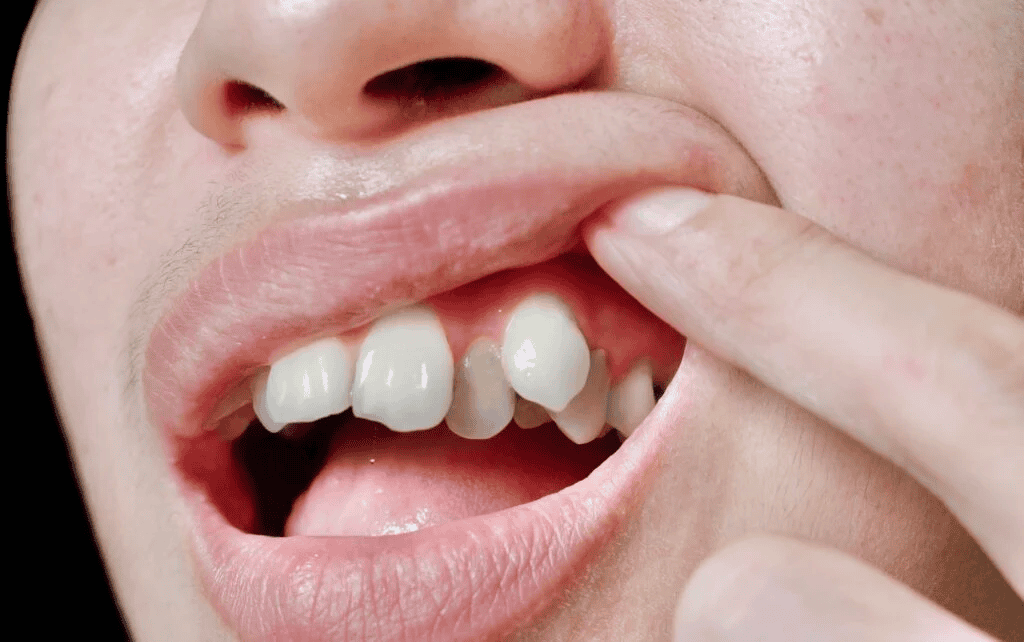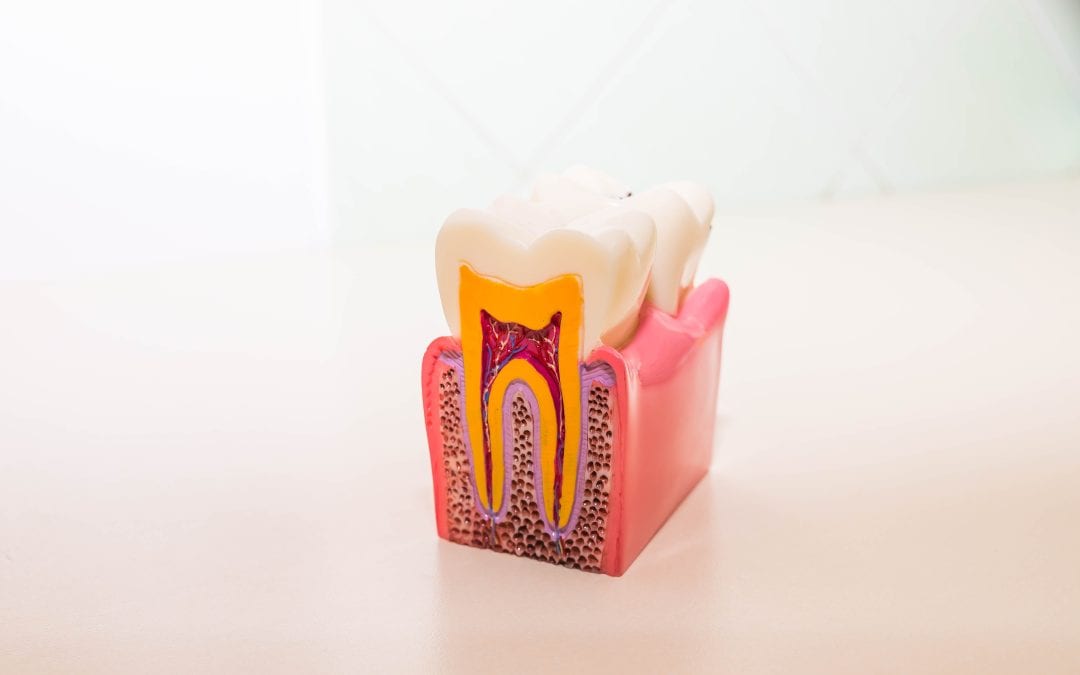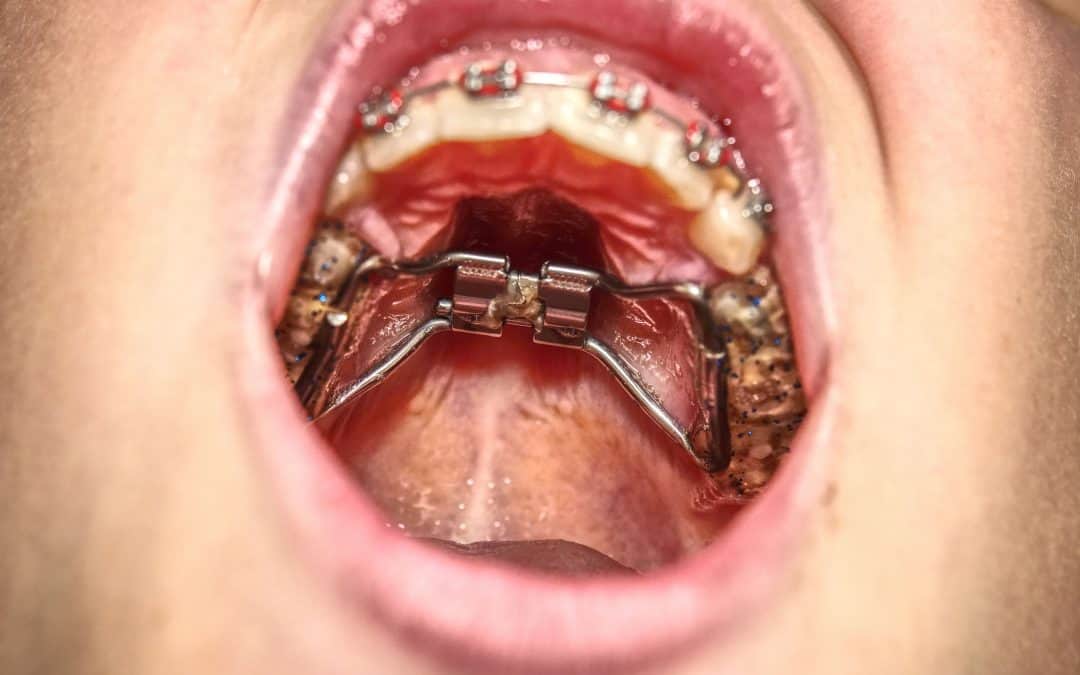After months or even years of wearing braces, the day finally arrives when they come off and, your teeth are perfectly aligned, and your smile radiates with beauty. But maintaining that gorgeous smile won’t end here – that’s where a retainer comes into play – an indispensable device in orthodontic treatment that helps your newly aligned teeth remain in their proper places. But just how long should you wear one for? There’s no hard and fast rule; everyone’s circumstances differ, and wearing dental retainers for different lengths of time can vary significantly from person to person depending on factors like benefits, costs, type costs, as well as why their importance in maintaining beautiful smiles.
Maintain your smile’s perfection with consistent retainer wear.
Benefits of Retainers for Teeth
Retainers play an integral part in orthodontic treatment after the end of braces wear, offering several key benefits:
Maintain Tooth Align:
Retainers serve two essential purposes. First, they keep your teeth in their new and corrected positions following brace removal; secondly, they prevent any shift back towards original positions that might undo all that work of braces.
Allow Bone Stabilization:
Retainers give your bone time to adapt to its new positions, stabilizing and adapting to any new tooth positions that arise.
Improve Bite:
By maintaining the correct alignment of the teeth, retainers help preserve your corrected bite and help ensure its survival.
Protect Against Natural Shifting:
With age comes an inevitable shift of the teeth; retainers can help counter this effect and stabilize them against this natural progression. For optimal oral health, Properly aligned teeth make cleaning easier, decreasing cavities and gum disease risks significantly.
Enhance Confidence:
Teeth Retainers help preserve the confidence-boosting effects of orthodontic treatment by maintaining a straight smile.
Teeth Retainer Cost
The cost of teeth retainers varies based on type and source. Here is an approximate pricing range for various retainer types:
Dental retainers can cost between $150 and $600 per arch, Clear Plastic Retainers range from $100 to $500 per arch, and Fixed/Permanent Retainers can range from $250 to $500.
Numerous factors can affect the cost:
Geographic Location, Dentist Fees, Complexity of Case and Involvement of Retainers in Treatment Plan are the major influencing factors.
Retainers represent an additional expense; however, they’re an essential investment in maintaining orthodontic treatment results. Many orthodontists include your initial set in the total cost of braces treatment.
Types of Retainers
There are three primary types of retainers, each offering different advantages:
Hawley Retainers
Crafted of acrylic and wire, Hawley retainers are both removable and adjustable—they are visible when worn and removable from their holders when adjusted by Hawley retainer tools.
Clear Plastic Retainers
These are nearly invisible in comparison and less durable compared to Hawley retainers (not adjustable), nearly invisible when worn (nearly), less durable, cannot be adjusted, and cannot be worn long term (unlike Hawley retainers)
Dental Orthodontic Retainer
An orthodontic retainer is a custom-made device used to help keep teeth in their new positions after braces have been taken off. Here are some critical facts about retainers:
Custom Made: Each retainer is individually tailored to perfectly suit the shape and size of your mouth, using plastic, acrylic, or wire as appropriate for its type. Fitting Process: Your orthodontist will take impressions or digital scans of your teeth in order to create your retainer.
Adjustment Period: Your adjustment period could last several days as your mouth adjusts to speaking and swallowing with its new retainer. Its Care Instructions: Your orthodontist will provide specific care instructions for maintaining and cleaning up after your retainer.
Is there any teeth retainer pain ?
While retainers after braces typically do not cause pain, some individuals may experience mild discomfort upon first beginning to use one or switching over to a different retainer after braces. Here’s what you should know:
Initial Pressure:
When starting to wear a retainer, you may experience slight pressure on your teeth—this is normal and should subside in a few days.
Gum Sensitivity:
Your gums may feel slightly sensitive if you wear a fixed retainer, but this usually subsides over time.
Speech Changes:
At first, wearing a removable retainer may cause slight changes to your speech; these usually fade as you adjust to wearing it. Adjustment Period: It may take several days before your mouth has fully adjusted to having the retainer present at its total capacity.
Proper Fit:
If your retainer causes significant pain or does not seem to fit as intended, see an orthodontist immediately, as adjustments may need to be made.
Nighttime Wear:
When worn at nighttime only, if your retainer feels tight as soon as you put it in place – that is entirely normal and an indicator that it is doing its job!
Grinding Your Teeth at Night:
If you grind your teeth at night, a retainer could provide much-needed relief and protect your teeth from grinding damage.
How Long Should You Wear a Retainer?
Wearing a retainer may vary according to individual circumstances; here are some general guidelines:
Full-Time Wear:
Most orthodontists recommend wearing your retainer full-time (22-24 hours a day) for the initial 3-6 months following removal of braces.
Nighttime Wear:
After the initial full-time period has concluded, many patients transition to wearing their retainer only at nighttime.
Long-Term Wear:
Many orthodontists recommend wearing retainers permanently, even at nighttime, to maintain results.
Individual Variation:
The duration will depend on factors like the complexity of the case, age, and teeth response to treatment.
Fix Retainers:
Fixed retainers typically last several years or indefinitely. Periodic Evaluations: Your orthodontist will regularly assess your progress and adjust your wear schedule as necessary.
Lifetime Maintenance:
For optimal oral health, some degree of retainer wear will likely be necessary throughout your life to keep your smile beautiful and intact.
Conclusion
Wearing a retainers after braces is a vital step to upholding the results of orthodontic treatment, though it may initially seem cumbersome or awkward. But long-term benefits far outweigh this temporary discomfort; by following your orthodontist’s recommendations regarding retention wear, you’re investing in both its long-term health and beauty for yourself and others. It is best to visit a dental health clinic that offers the best teeth retainer treatments to patients. Visit now.










